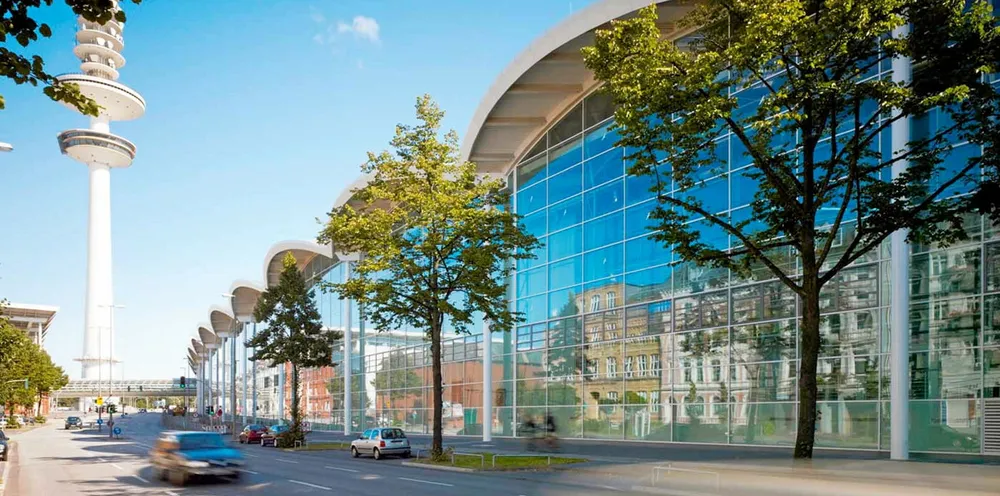Wind Hamburg-bound, Enel's supermajor bid and why South Korea has wind in its sails
Our weekly curation of the must-read news and analysis from the-week-that-was in the global renewables industry

Our weekly curation of the must-read news and analysis from the-week-that-was in the global renewables industry
